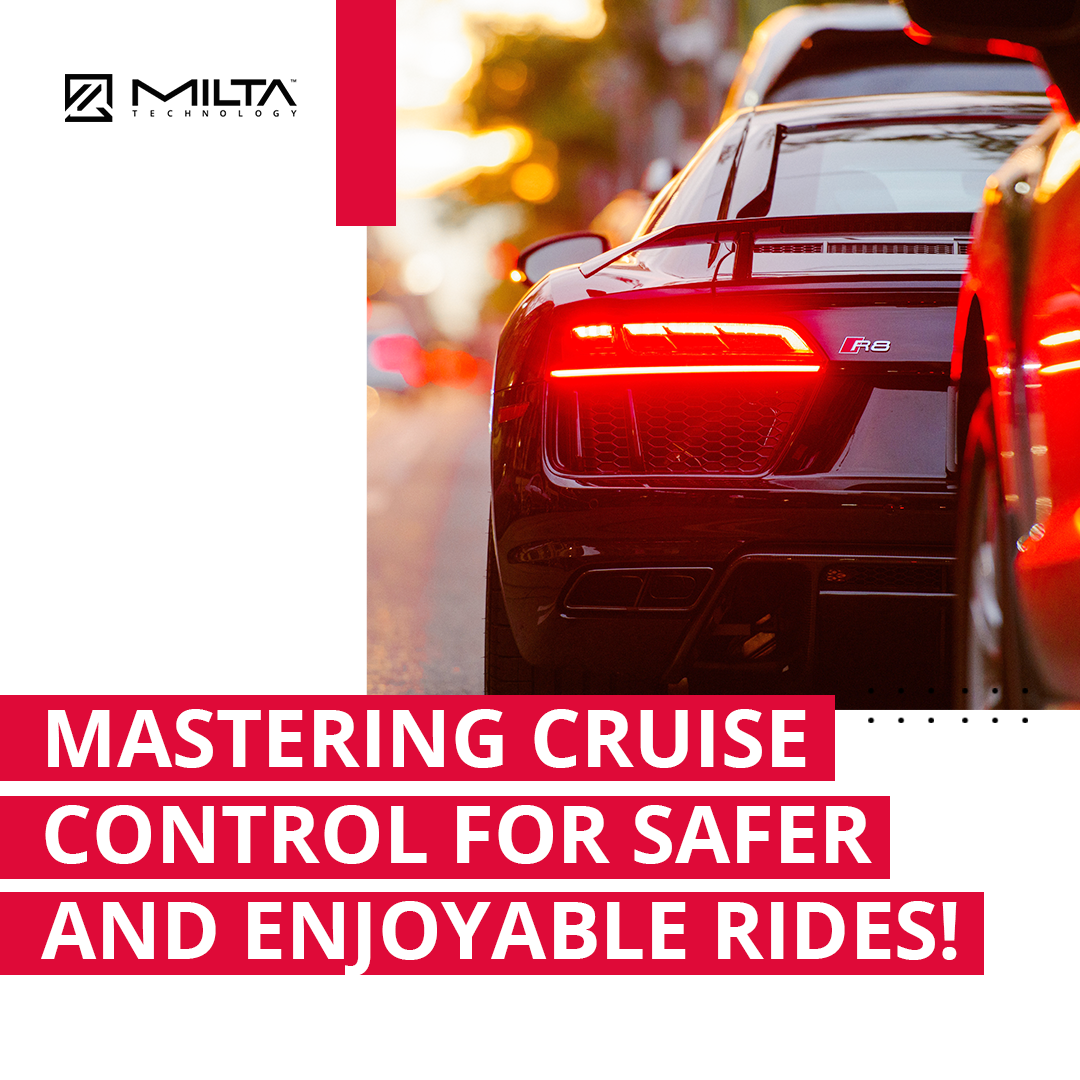Mastering Cruise Control for Safer and Enjoyable Rides!
Cruise control has become an indispensable aid for tackling long journeys. Its evolution over the years has made it a standard feature in modern cars, providing thousands of truck drivers with stress-free and fatigue-reducing experiences. However, merely knowing how to activate cruise control isn’t enough; to truly reap its benefits, understanding effective usage is key.
/
Different Types of Cruise Control
Today, the market offers three main types of cruise control:
Passive Cruise Control:
This basic form maintains a preset speed, relying on the accelerator pedal’s setting. Drivers using passive cruise control must monitor the vehicles ahead, changing lanes or braking accordingly.
Active (Adaptive) Cruise Control:
Taking it a step further, adaptive cruise control not only sets and maintains speed but also tracks the leading vehicle. Utilizing radar and camera data, it locks onto the vehicle in front, automatically braking and downshifting when needed.
Semi-Autonomous Cruise Control:
Popularized by Tesla and now adopted by other manufacturers like Audi and Mercedes-Benz, semi-autonomous cruise control offers the benefits of adaptive cruise control, with the added advantage of automatic lane changing and steering.
/
Get Familiar with Your Cruise Control System
Many car owners aren’t entirely familiar with their cruise control options, controls, and settings. To use cruise control effectively, take time to thoroughly understand your system. While some passive systems are simple, advanced adaptive systems may require reviewing the vehicle’s manual before hitting the road.
Using Cruise Control Effectively and Safely
To ensure you’re using cruise control optimally, follow these steps:
Check the Conditions:
Before engaging cruise control, consider the weather, traffic, and presence of traffic lights. Avoid using it in heavy rain, snow, or stop-and-go traffic. Opt for cruise control when driving down a clear highway or a less busy backroad on sunny days.
Build Up Speed and Enable Cruise Control:
Accelerate to your desired speed before activating cruise control. Once set, remember to adjust your speed according to speed limit changes. Avoid frequent speed adjustments to save on fuel consumption.
Keep Your Eyes on the Road and Hands on the Wheel:
Even with advanced cruise control, your attention is paramount. Never get distracted by your smartphone, as even semi-autonomous systems can make errors.
Use the Brake to Disable Cruise Control:
When you no longer require cruise control, gently press the brake to regain full control. Only re-engage cruise control when the conditions are suitable.
Using Cruise Control Safely
There are situations when using cruise control can be hazardous:
Driving Tired and Fatigued:
Never use cruise control when feeling tired or fatigued. It can decrease attentiveness and increase the risk of falling asleep at the wheel. Take breaks, rest, stretch, and have some coffee to revitalize.
Stop-and-Go City Driving:
Using cruise control in heavy traffic forces frequent enabling and disabling, distracting you from the road and potentially causing accidents. Avoid using it in such situations.
Wet, Snowy, and Icy Roads:
On challenging road conditions, maintain full control of your vehicle. Relying solely on cruise control can be dangerous and increase the risk of accidents.
Winding Roads:
Sharp turns require undivided attention. Avoid using cruise control on winding roads to ensure your safety and that of others.
/
In Conclusion
Cruise control is most effective on less congested roads with steady speed limits. It promotes driving within speed limits and encourages fuel-efficient habits. Utilizing cruise control can make long journeys more enjoyable, especially with adaptive or semi-autonomous systems. Nonetheless, always remember that no technology can replace the attentiveness and responsibility of the driver!

